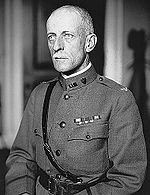
Samuel Baldwin Marks Young was a United States Army general. He also served as the first president of Army War College between 1902 and 1903. He then served from 1903 until 1904 as the first Chief of Staff of the United States Army.
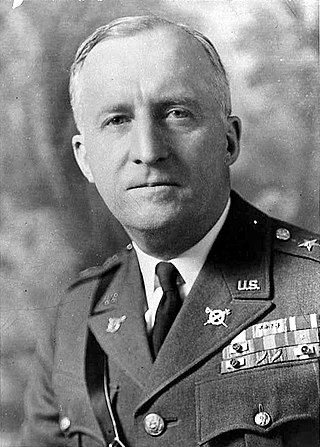
Hugh Aloysius Drum was a career United States Army officer who served in World War I and World War II and attained the rank of lieutenant general. He was notable for his service as chief of staff of the First United States Army during World War I, and commander of First Army during the initial days of World War II.
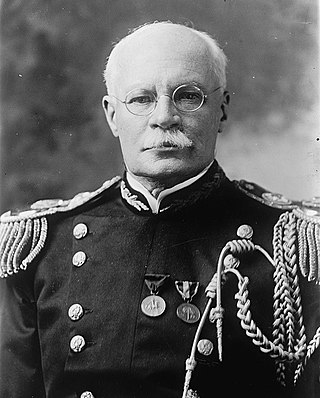
Major General Hugh Lenox Scott was a United States Army officer. A West Point graduate of 1876, he served as superintendent of West Point from 1906 to 1910 and as chief of staff of the United States Army from 1914 to 1917, which included the first few months of American involvement in World War I.

Bruce Palmer Jr. was a general in the United States Army. He commanded the XVIII Airborne Corps during Operation Power Pack, the II Field Force, Vietnam during the Vietnam War, and was acting Chief of Staff of the United States Army from July to October 1972.

Roscoe Robinson Jr. was the first African American to become a four-star general in the United States Army. He served as the United States representative to the NATO Military Committee. Robinson previously served as commanding general of the 82nd Airborne Division and then of United States Army, Japan.
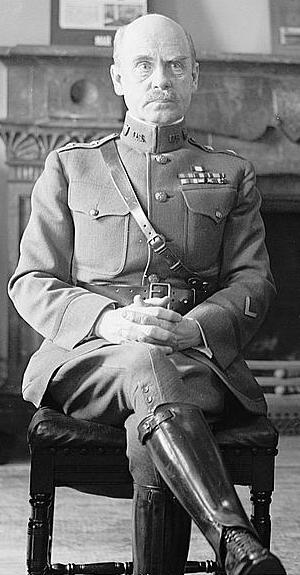
Major General Peter Charles Harris was an officer in the United States Army who served as Adjutant General of the U.S. Army from 1918 to 1922.
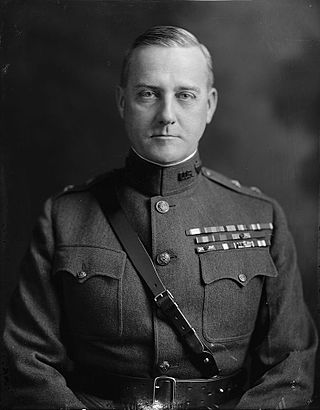
Robert Courtney Davis was an officer in the United States Army who served as Adjutant General of the U.S. Army from 1922 to 1927.
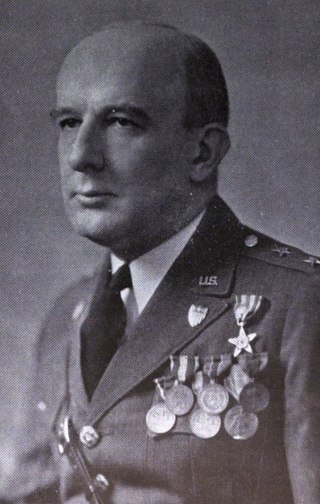
James Fuller McKinley was a career officer in the United States Army. He attained the rank of major general and served as Adjutant General of the United States Army from 1933 to 1935.

Colonel John Leonard Hines Jr. was an officer in the United States Army and the son of General John L. Hines.

Donald Wilson McGowan was a United States Army Major General who served as commander of the 50th Armored Division and Chief of the National Guard Bureau.
Reginald Beardsley De Lacour was the thirty-fourth Adjutant General of the State of Connecticut. From 1927 to 1935, he served as treasurer of the Veteran’s Home commission and served on Governor Trumbull’s advisory board on aviation from 1927 to 1931. He was a chairman of the Fairfield County board of County Commissioners during 1931 to 1935 and was a chairman of the Stratford Republican town committee for many years.

Edward D. Anderson was an American Brigadier general who served during World War I.
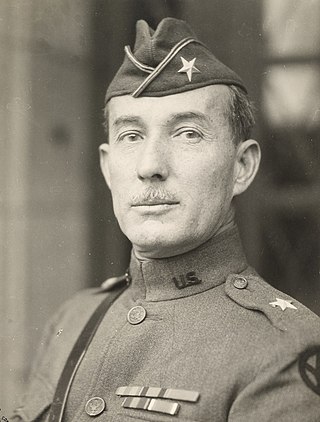
George Columbus Barnhardt was a United States Army officer who served during World War I. He attained the rank of brigadier general, and was best known for his command of 28th Regiment, 2nd Brigade, 178th Brigade, 6th Cavalry Regiment, and 1st Cavalry Division.

Major General James Henry McRae was a United States Army officer who served in numerous conflicts during his military career.

Hanson Edward Ely was a United States Army officer in the late 19th and early 20th centuries. He served in several conflicts, including the Spanish–American War and World War I, and he received the Army Distinguished Service Medal and numerous other awards for his role in them.

Grote Hutcheson was an officer of the U.S Army from 1884 to 1924. After graduating from USMA in 1884, Hutcheson participated in the Pine Ridge Campaign. During the Spanish–American War, he was Adjutant General of the Puerto Rican Campaign. From 1899 to 1990, Hutcheson participated in the China Relief Expedition in which he received two Silver Star Commendations. From 1901 to 1902, Hutcheson was secretary to the Military Governor of the Philippines. He was then judge advocate of the Department of the East in Governor's Island, New York. From 1904 to 1908 Hutcheson was on the General Staff, serving in the office of Chief of Staff. From 1908 to 1910 and 1915 to 1916, Hutcheson was on the Mexican border. During World War I, Hutcheson formed the port of embarkation and Norfolk from 1917 to 1918, in which he was awarded the Army and Navy Distinguished Service Medals. Hutcheson then commanded the Fourteenth Infantry Division as major general. From 1920 to 1923, Hutcheson commanded the New York General Intermediate Depot as brigadier general and the Eleventh Field Artillery Brigade. Hutcheson retired in 1924 as major general due to disabilities.

Major General John Frank Morrison was a career officer in the United States Army. A veteran of the Spanish–American War, Philippine–American War, Pancho Villa Expedition, and World War I, he attained the rank of major general and was a recipient of the Army Distinguished Service Medal and Silver Star.

James Taggart Kerr was an American brigadier general, who served with the U.S. Army. Kerr received a Distinguished Service Medal for his service with the Adjutant General's Department and 2 Silver Stars.

William Jones Nicholson was a career officer in the United States Army. He attained the rank of brigadier general during World War I as commander of the 157th Infantry Brigade, a unit of the 79th Division. He was most notable for leading his brigade to victory during the September 1918 Battle of Montfaucon, part of the first phase of the Meuse-Argonne Offensive, for which he received the Distinguished Service Cross.

Benjamin A. Poore was a career officer in the United States Army who attained the rank of major general. An 1886 graduate of the United States Military Academy, he was a veteran of the Spanish–American War, Philippine–American War, World War I, and Occupation of the Rhineland, and commanded several Infantry brigades as well as the 4th Division and Seventh Corps Area. Poore's awards included the Distinguished Service Cross, Army Distinguished Service Medal, and two awards of the Silver Star, as well as several foreign decorations.
